E3 2016 is over, and it looks like Nintendo’s Zelda-only gamble paid off. The Legend of Zelda: Breath of the Wild won IGN’s “Game of the Show” award, was tweeted more than any other game, and even spawned this hilarious video of showgoers dashing to be first in line for the demo (check out the included statistics!).
But with all the Treehouse Live streams, media coverage and interviews with series producer Eiji Aonuma, it’s very easy to get lost in the avalanche of information. For convenience, I’ve whipped up an extensive know-all guide on what we currently know about the latest Zelda adventure.
What’s the deal with the title? What’s the plot?
Breath of the Wild is a game all about breaking Zelda conventions, and it starts with the name itself. Whereas previous titles like Ocarina of Time or Twilight Princess referred to important items or characters, this title refers to the core theme of the game: a fallen, empty kingdom filled with monsters and wild animals, where Link must forage and scavenge to survive.
Which bring us to the plot: it revolves around an amnesiac Link, who awakes from a cryogenic sleep in a mysterious chamber. He leaves, only to take in the sight of a vast, ruined Hyrule. Shortly afterwards, he comes across a mysterious old man who warns him of Calamity Ganon, the evil responsible for Hyrule’s destruction. While sealed in the ruins of Hyrule Castle, it grows ever stronger, and so the awakened Link must destroy it.
So, naturally, this leaves hardcore Zelda fans asking: where does it take place in the series timeline? Aonuma was kind enough to leave a hint for Kotaku: not only does the game’s constant use of the Sheikah Symbol hail from Ocarina of Time, but Link has been asleep for a hundred years.
So, uh, which timeline is it? Who knows — but there are a lot of fun, plausible theories. Ultimately, you’ll have to come to your own conclusions.
Foraging? What’s that about?
Collecting items is nothing new for Zelda, but it’s a bit different here in Breath of the Wild. Remember how you healed before with hearts? Say good-bye to those; you won’t be cutting down grass for them anymore. Now Link must forage for mushrooms, meat, fruit, and more to survive.
There’s lot of nuance to the game’s food system. For one, you could just eat them as is to gain a bit of health, but they’re far more effective when cooked. You can cook all sorts of ingredient combinations to earn potions that grant effects such as healing or temporarily boosting stamina/speed. Even choosing where to cook is vital: for example, the effects of cooking pots are far stronger than those of campfires.
And that’s just food. You can cut down trees to earn lumber, or hunt down ore for currently unknown purposes. We’ll assume they’re for crafting, but keep an eye out for further confirmation. Wildlife can be found at different times of the day, but if you’re squeamish about killing wild animals, it’s been confirmed you don’t have to hunt if you don’t want to.
As for Rupee currency, it was absent from the demo. Aonuma explained to IGN that it’s handled a bit differently this time. Like hearts, you won’t find Rupees in grass or treasure chests, but apparently you can sell off foraged materials for Rupees to buy new things. More details are expected in the future.
Oh, and don’t worry if you were annoyed by the constant “you got an item!” jingles in demo coverage. Nintendo reps assured you’ll only get notifications once for every item, and we only saw them so much since they had to constantly reset the demo machines. As we’ll learn soon, handholding is now a thing of the past for Zelda.
You can interact with anything? What about weapons?
The reason why Breath of the Wild was delayed was because the game’s physics were more work than Nintendo anticipated, and it certainly showed in the demo. Remember what I said about cutting down trees? You can use those to form bridges over chasms. Oh, and you jump off cliffs and towers with your Sailcloth and/or handglider. Without the right equipment, Link requires heat in cold areas. Wild horses can be mounted. Boulders can be knocked around. Korok Leaves can push rafts. Shields can be ridden like snowboards. Rain puts out fires, fires can be spread via wind, and lightning can be attracted to metal (think twice before using your sword in a rainstorm!). And, yes, you can run around in Link’s underwear.
This can all lead to hilarious situations like in the GIF above, but the main point here is that Breath of the Wild has awed players in how it builds upon its physics-based playground. Take Link’s new Sheikah Slate: the handy tool can be equipped with runes to unlock new features, such as an all-powerful magnet or freezing objects in a time stasis (so, for example, you can repeatedly hit a frozen boulder over and over, and watch as the kinetic force sends it rocketing away as a makeshift cannonball).
This also extends into combat. Dodge an attack at the right time, and time slows down for your chance at a combo attack. You can pick up fallen arrows from bow-wielding enemies (great if you’re low on ammo!) Stones hurled by enemies can be reflected back. Mess with detonated bombs. Sneak up on enemies, but watch the sneak meter at the bottom so you’re not too loud (since enemies detect sound, could you perhaps take advantage of this somehow…?). If you want to get cruel, you can pick up the crawling, bony limbs of injured skeletons and beat them with it.
And let’s not forget the breadth of weapons, too. No longer is Link limited to a select amount, as he can pick up anything from swords, clubs, axes, bombs, bows, spears, and even fire rods. These can be stolen from Bokoblin camps, hidden in treasure chests or embedded in stone. All have their unique advantages (you can set clubs on fire!), but watch out: they can wear down quickly, so you’ll want to keep an ample supply.
How big is the overworld? Is it truly open-world?
Yes, and it’s about this big.
For reference, that’s twelve times the size of Twilight Princess‘s map, and just a teensy-bit smaller than Xenoblade Chronicles: X‘s Mira, which is about 400 square kilometers. That’s pretty dang big! Don’t worry about getting lost: you can set markers wherever want, which is handy for, say, treasure chests you currently can’t nab.
Aonuma, who once believed in the values of telling players exactly where to go every five minutes, has made the game as open as possible. Like A Link Between Worlds, you don’t have to progress in a set order — why, you can instantly gun right for the final boss, if you want to!
So far, it’s best to describe Breath of the Wild as taking the best of both worlds from Twilight Princess and Skyward Sword. For the former, the overworld was quite big, but it relatively empty for what it was. There’s hardly any of that here. Bokoblin camps, large bosses, shrines, and abandoned buildings decorate Hyrule at nearly every corner, and all play wonderfully into the game’s nuanced physics. (Note how I said “nearly every corner”: Aonuma believes it’s okay for there be subtle patches of nothingness).
Meanwhile, Skyward Sword was quite dense in its overworld, but its emphasis on puzzles and level-based progression left little room for exploration. For this game, Aonuma’s taking Skyward Sword‘s criticism to heart — not only is the world far bigger in scale, but just about every corner is filled with endless things to do (not the least of which are finding the gift-granting Koroks, who are hidden in Hyrule’s nooks and crannies. Yes, the same Koroks from The Wind Waker!).
Oh, and here’s a little piece of trivia: the E3 demo all took place in one location called The Great Plateau, which makes up approximately 2% of the game’s size. We’ve only scratched the surface!
How hard is the game? How does it control?
As we saw in stream coverage, Breath of the Wild‘s difficulty appears to be quite balanced. For instance, Bokoblin small fry will only shave off quarter-hearts at best, but one hit from the colossal Steppe Talus? Instant death. Same goes for falling off cliffs or diving into bitter cold waters without proper equipment. Needless to say, anyone targetting Ganon from the get-go might want to think twice.
I mentioned earlier how there’s a lot of nuance to the enemies, and that definitely extends to their toughness. Remember in the first Zelda how easy enemies were red and hard ones were blue? That theme’s echoed here, especially in the blue robotic Guardians that roam the ruins of Hyrule — so watch out.
And as for the controls, here’s a reminder: the demo we saw at E3 was the Wii U version, so we still don’t know how the NX version will control. For Wii U, the GamePad is naturally the focus, but don’t expect any gimmicks: while experimenting with the GamePad, Aonuma and his team discovered that looking back and forth between the controller and the TV disrupts the player’s immersion. Since the GamePad’s the focus, don’t expect any motion controls courtesy of the Wii Remote.
Really, there’s only one gimmick: amiibo compatibility. While the exact use of the three Breath of the Wild-themed figures remain unknown, the Wolf Link/Midna amiibo that came with Twilight Princess HD can be used to summon Wolf Link himself as a doggie companion. He can hunt down prey and attack enemies, but he can suffer damage. Remember, he can only be summoned once per day (not game time, where every minute counts as an hour; real time), so take extra care of him.
By the way, the breaking of Zelda‘s conventions extends to Link’s new repertoire of actions. He can finally jump on his own, and can climb any surface he likes. These are at the mercy of his stamina bar, but another reminder: unlike Skyward Sword, you have easy access to stamina-filling potions via cooking.
Are there really no towns? No music? No dungeons? What about voice acting?
Whoa, one question at a time! Thing is, most of that was misinformation spread by media and viewers at home, so let’s clear those up. For towns, despite the game’s “decayed Hyrule” setting, Aonuma assured in an interview that there’ll be plenty of towns to visit with plenty of memorable characters. (It’s also worth pointing out we saw farmers and the like in the game’s very first showing two years ago). However, they weren’t included in the demo for reasons pertaining to spoilers. Wonder what those could be?
As for no music…well, we heard that grand piece in the trailer, silly! But yes, the game is indeed taking a minimalist approach with pianos. You may have a soft piano tune occasionally accompanying the overworld or certain locations (this familiar example should instill melancholy in veteran Zelda players), or have them fluctuating at the ever-chaotic nature of battle. There’s no word, however, on who’s composing the game music. Fingers crossed for Koji Kondo and Mahito Yokota!
Dungeons are still in the game, as mentioned in the Treehouse Stream, but they’re a separate entity than the Shrines we saw in the demo. While the way dungeons function is still a mystery (aside from the fact that they’re not restricted to one entrance), we got much information on how Shrines work. There’s over a hundred in all, and each rewards a rune for Link’s Sheikah Slate. Really, it’s best to think of them like the puzzle caves in A Link Between Worlds. (By the way, did you notice how one Shrine was called Oman Au? That’s Aonuma’s name jumbled around!)
Finally, as we also heard in the trailer, voice acting is finally present in Zelda. However, as we saw in the numerous NPC conversations, not every line will be voiced. Rest assured, we’ll be seeing more voice acting in the future…with one exception: Link. True to his name, he will be the silent link — or avatar, if you will — of the player.
Okay, you convinced me. When’s it coming out?
Ah, the big question. Breath of the Wild will be launching on Wii U and NX sometime in 2017. While it’s not confirmed to be simultaneous, as the NX is scheduled to launch in March, it should be at least early next year. As expected, the amiibo will launch alongside the game, too.
But why both consoles? As explained in this interview, Aonuma and the gang realized that a ground-up NX Zelda would take years to come out; not to mention, the game isn’t focusing on any unique GamePad features, so it should overlap on both consoles quite nicely. So, yes, it’s a Twilight Princess situation again.
Anything else? I need more!
You and everyone else! I may not have covered everything, like how you can freeze pillars of ice via water, the absence of Link’s green tunic, or the Hylian alphabet that Zelda nuts are busy deciphering. But these are all the essentials. If you have some time on your hands, I highly suggest reviewing the Treehouse Live stream if you haven’t already.
Rest assured, though: we at GameSkinny will continue to update you on the game as it nears its day of release.
Do you have any further questions? Let us know in the comments below!

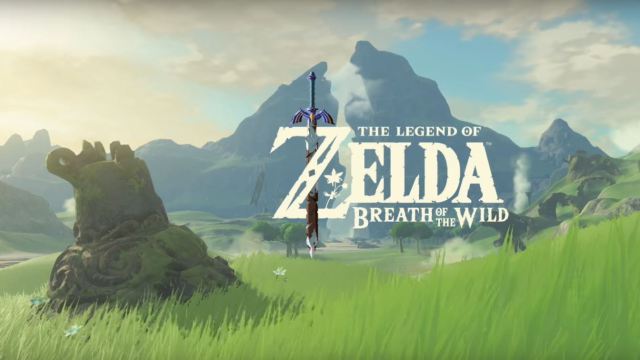



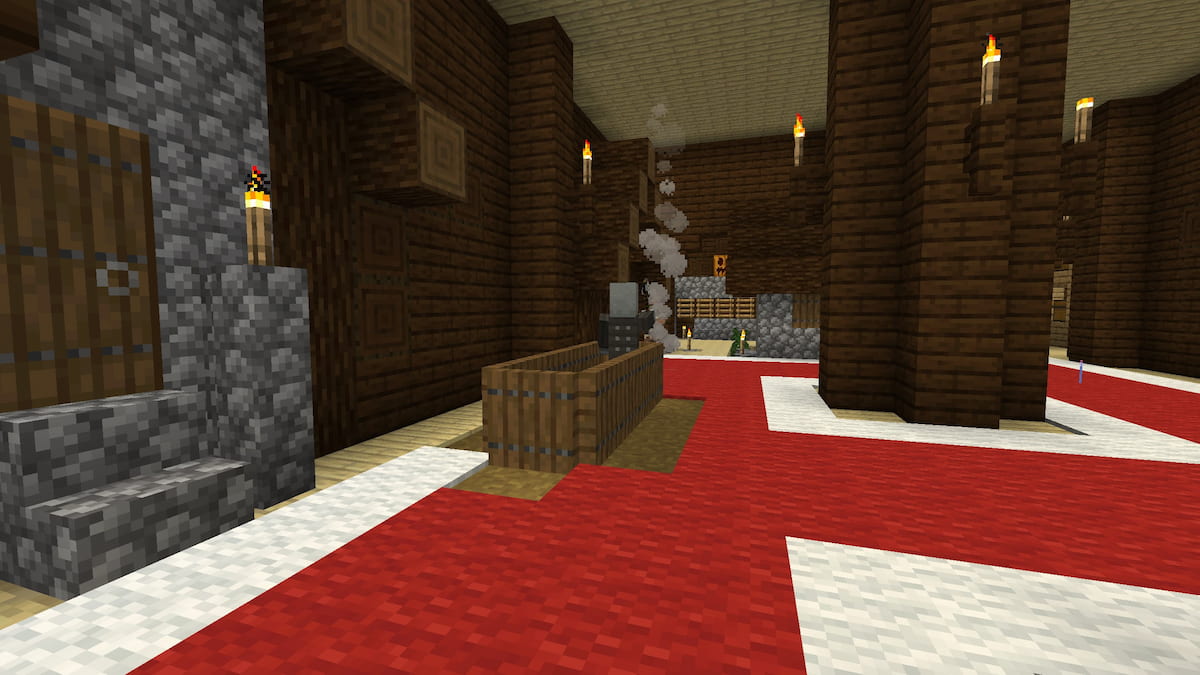
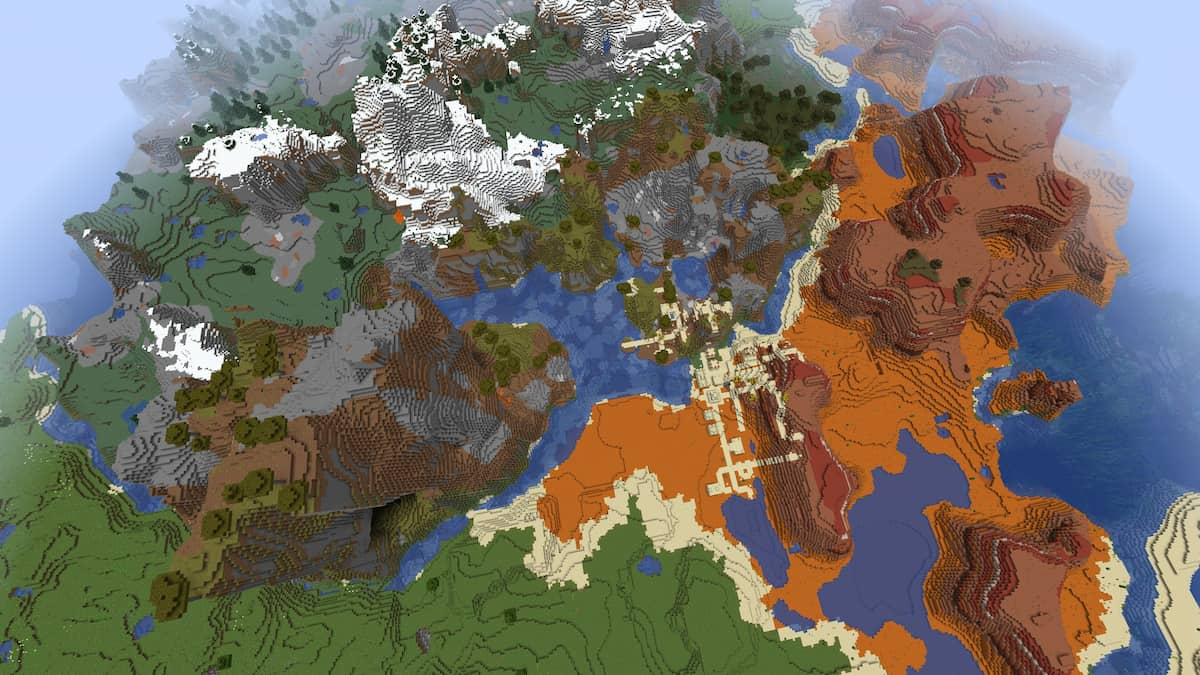
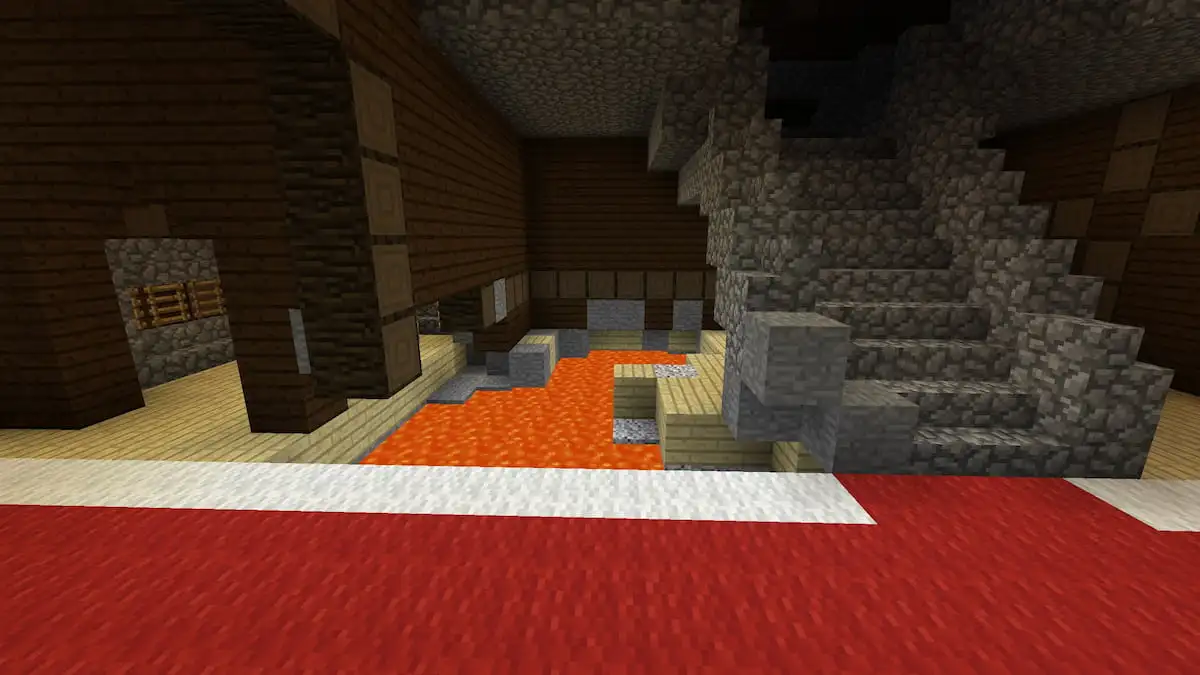
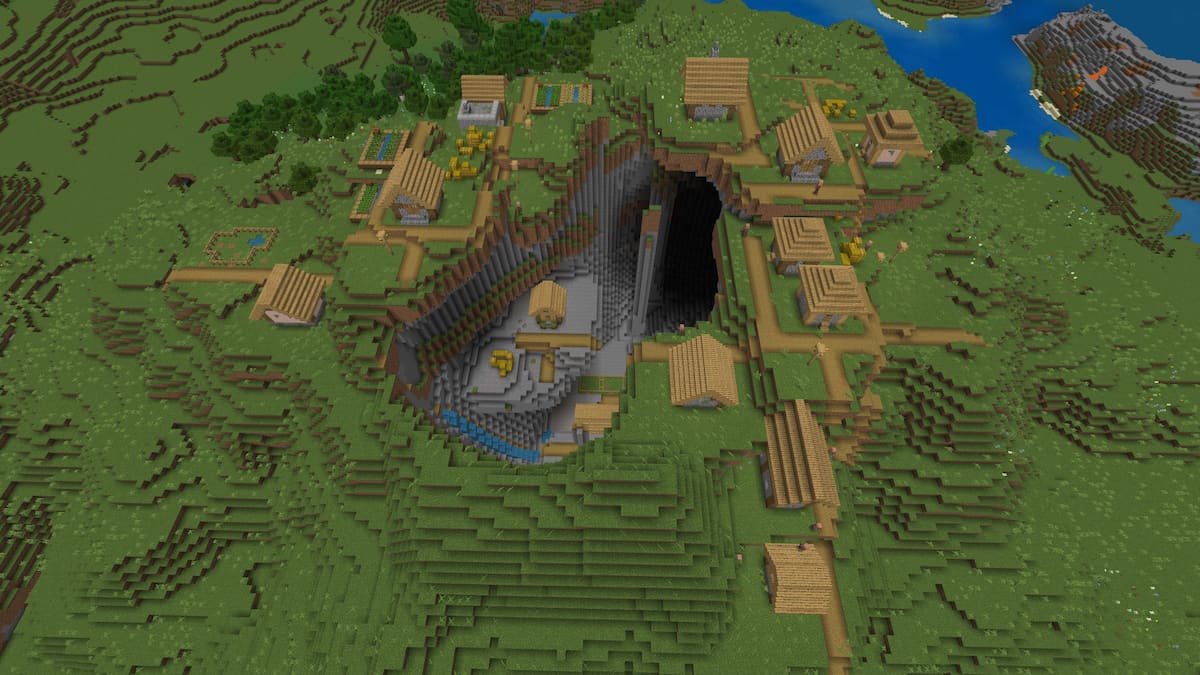
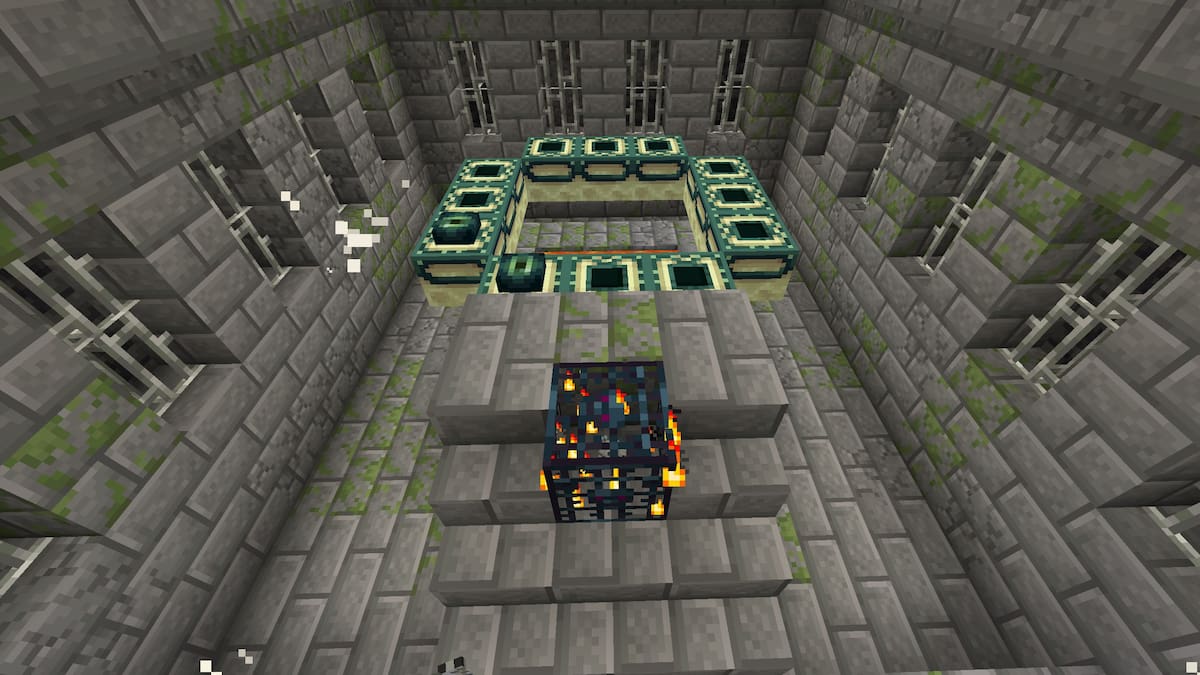
Published: Jun 18, 2016 04:29 pm